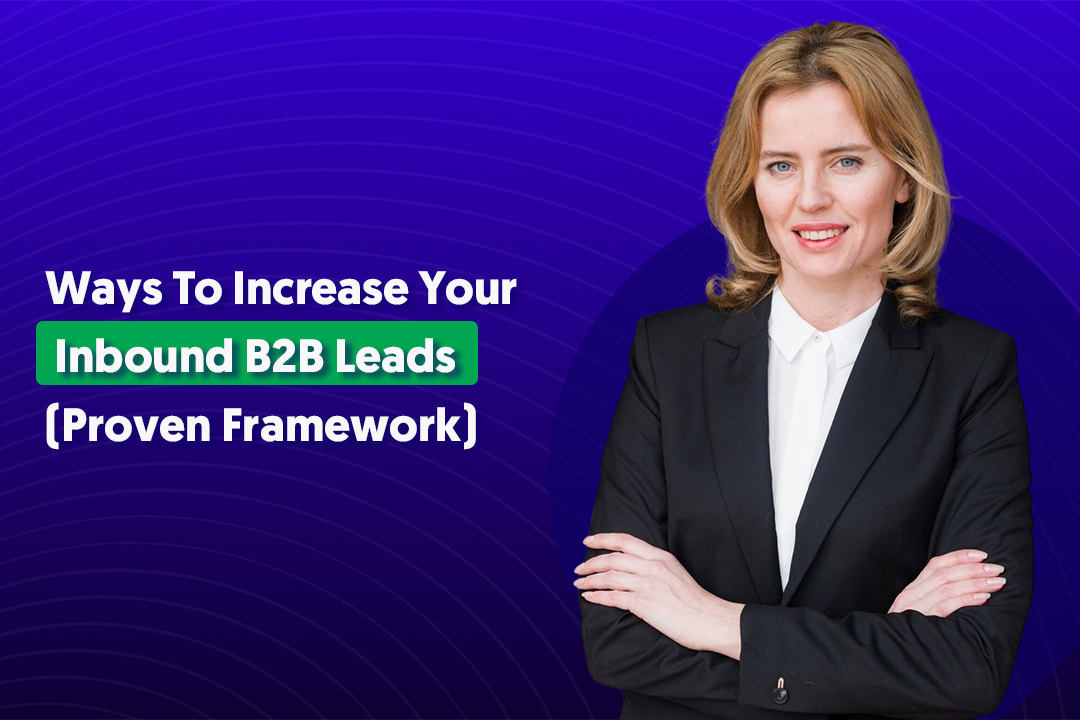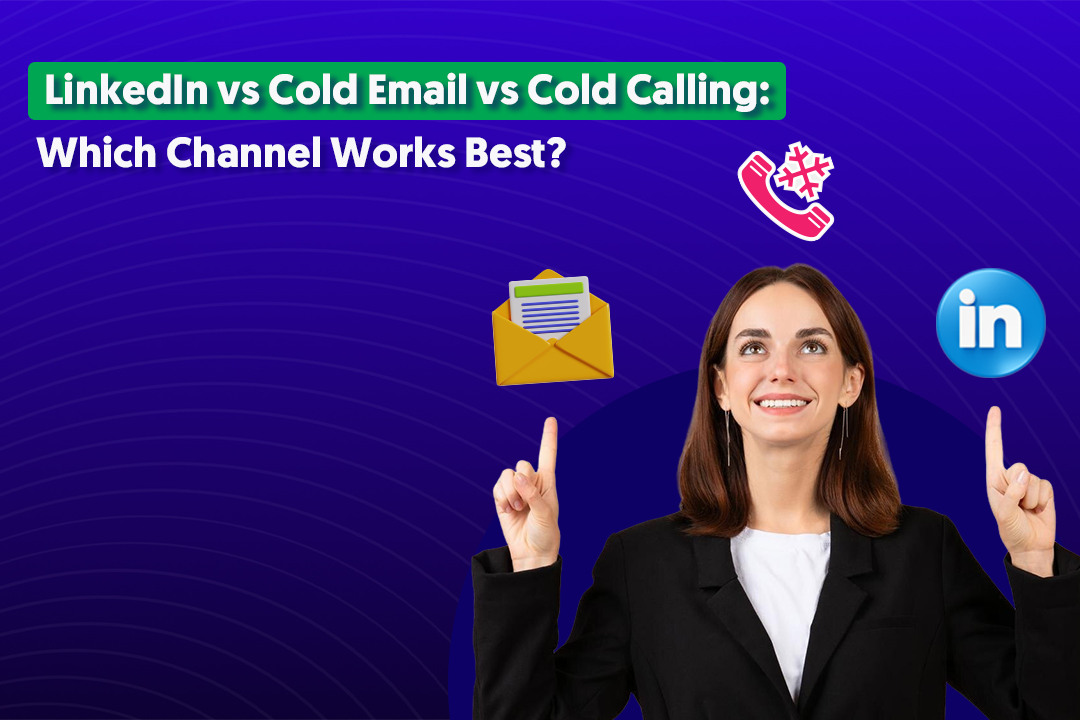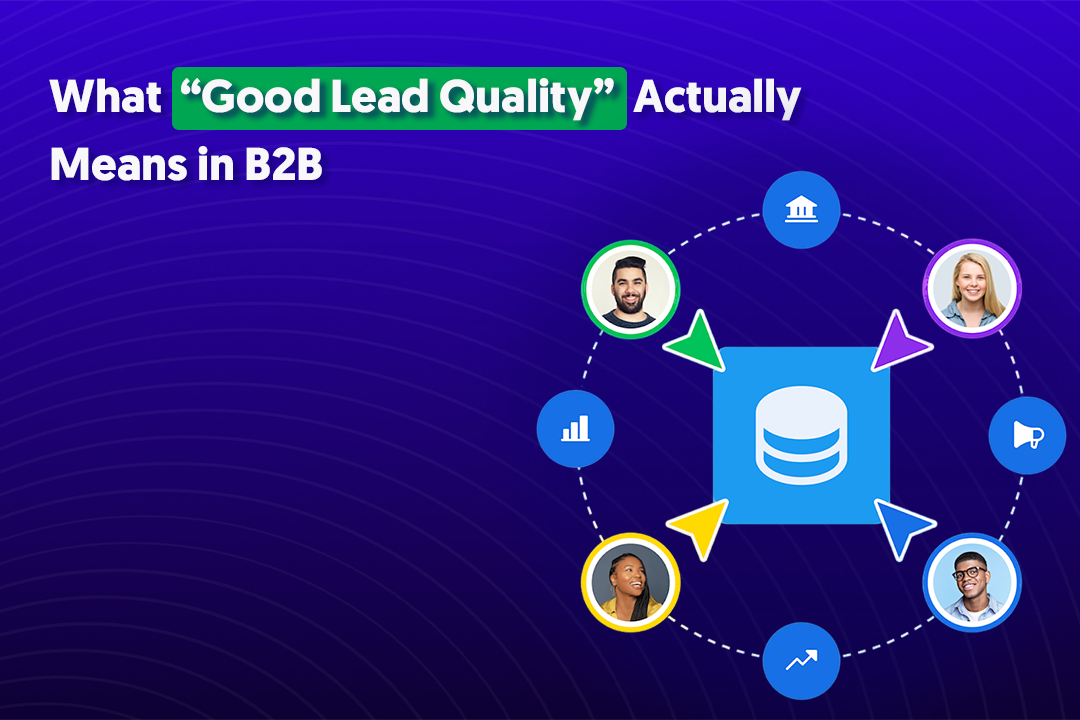
Websites are an essential and powerful tool to drive business. The best sites provide valuable, relevant information to make businesses stand out.
By design, they have pages of information to capture visitors’ attention. The homepage typically provides an overview with links to multiple topics to encourage visitors to stick around.
Landing pages work a little differently. Let’s compare a landing page versus website content to get a clearer picture of how each operates.
We’ll begin with a landing page definition and discuss: How does a landing page work?
What Is a Landing Page?
A landing page has one purpose: get someone to take an action. When a user clicks on an ad, email, offer, or web page link, it pushes them to a landing page that’s designed to convert leads.
Examples of a landing page might include:
- Newsletter signup
- Free trials
- Demo requests
- Gated content, such as eBooks or white papers
- Event registration
- Coupon downloads
- Product sale
- Coming soon page
- App downloads
A landing page is a single page that’s crafted to create conversions.
Landing Page vs. Website
Landing pages work best when they minimize distractions. When comparing a landing page vs. a website, you'll find that a website typically includes multiple elements, navigation, and items to encourage deeper engagement within the website.
A landing page generally strips all of these things away to focus on the one thing you’re after: conversions. It serves as a stand-alone website that leads to a clear CTA (call to action).
When comparing a landing page versus a website, you might think about a website as being a collection of landing pages.
Each page has its own goal, whether it’s to discuss products or services, educate and inform visitors, or provide information about an organization. Each is interconnected to foster further investigation and encourage additional time on site.
True landing pages, however, narrow the focus. Here’s an easy way to see the differences between a landing page versus a website.
- Pages: Websites have multiple pages. For example, the typical small to medium-sized business might have 10–30 pages of content. Larger businesses will likely have hundreds or even thousands. Landing pages are a single page.
- Target: Websites are appealing to people interested in your business in general. Landing pages target users interested in a particular offer.
- Purpose: Websites showcase everything your business does, what it stands for, and how products or services can benefit others. Landing pages are focused on a particular aspect of the business and designed to capture leads.
Is a Landing Page the Same as a Homepage?
A landing page can be a homepage. Some organizations don’t need a detailed website, so a homepage could be a landing page. Typically, however, when comparing a landing page vs. a homepage, you’ll see significant differences.
A good homepage will act as the central hub for your website and provide a compelling overview of your organization. The best homepages make it easy to find what visitors are looking for by linking to other essential pages of your website.
By comparison, a landing page is designed to entice visitors to take a specific action, so all of the other elements of the homepage are gone.
Landing pages make a compelling case for that action with a strong CTA, while homepages might have multiple links to additional content. While this content generally links to permanent pages or sections or your website, a landing page isn’t meant to be a permanent page in most cases.
It’s more similar to a temporary and changeable microsite within your website used for specific marketing purposes.
The Benefits of a Landing Page
When someone has clicked on an ad or offer and winds up on a landing page, you have a much greater chance of converting them. Conversion rates from landing pages can run as high as 10%, which is about five times better than other web pages.
That might not seem like a lot. But if about 100 people a day (3,000 a month) come to your website, that would equal roughly 300 new leads per month.
That’s a lot for a small business. For larger businesses that do higher volume, 1,000 visitors a day (300,000 a month) works out to 3,000 potential leads each month.
Have you ever clicked on an ad or social media post looking for something specific? Perhaps it’s a post on LinkedIn to download a white paper or an email for new product enhancements.
It’s frustrating when you have to scour a website to find what you’re searching for. Because a landing page is dedicated to the reason you click, the information you want is right in front of you and easy to find. Landing pages remove friction.
Here are some of the other benefits of landing pages:
- Lead generation: Landing pages can capture email addresses to help you grow your subscriber list or generate leads for nurturing in your marketing pipeline.
- Measuring and optimizing: Landing pages give you an easy way to measure several things, including the effectiveness of your market efforts to drive people to the landing page. By segmenting offers, A/B testing can also help you test and optimize your conversation rates. You might choose to use different visuals, headlines, or CTA messaging. You can also track sources by creating custom landing pages based on where traffic originates to help you see which messaging works best for each marketing channel.
- First impressions: With a landing page, you can create a sleek, memorable, and engaging first impression of your brand. A website or homepage has to accomplish multiple goals and provide access to additional content areas. Because a landing page has just one goal, you can more tightly control the messaging. Landing pages can deliver a clear and simple way to get your value proposition across.
Done-For-You Landing Pages
If you’d like to learn more about the power of landing pages or need help creating strong and compelling copy and design, schedule a free consultation with the team at Cleverly.
We help businesses craft landing pages that engage site visitors and inspire action. Combining pages that pop with strategy for conversions, we help companies build and refine often neglected elements within their sales funnel.





